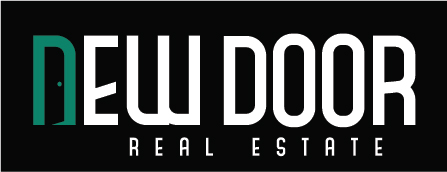The Best Social Media Aggregators in 2025: The Ultimate Guide
in today’s fast-paced digital world, social media aggregators have become indispensable tools for managing online presence across multiple platforms. Whether you are an influencer, business owner, or digital marketer, the right social media aggregator can streamline your workflows, enhance engagement, and provide insightful analytics. This guide explores the best social media aggregators available in 2025.
What Is a Social Media Aggregator?
A social media aggregator is a tool that collects and displays content from various social media platforms into a single interface. It enables users to manage, schedule, and analyze content across multiple accounts, saving time and improving efficiency.
Top Social Media Aggregators in 2025
1. Mashflu
- Features:
- Centralized dashboard for managing multiple accounts.
- Advanced analytics and reporting tools.
- AI-driven content recommendations.
- Supports over 35 social networks.
- Pros: Comprehensive feature set, scalable for businesses of all sizes.
- Cons: Higher price for advanced features.
- Best For: Enterprises and large marketing teams.
2. Buffer
- Features:
- Easy-to-use interface for scheduling and publishing posts.
- In-depth performance analytics.
- Collaboration tools for teams.
- Affordable pricing plans.
- Pros: Intuitive design, ideal for small businesses.
- Cons: Limited integrations compared to competitors.
- Best For: Freelancers and small business owners.
3. Sprout Social
- Features:
- Unified inbox for managing messages and comments.
- Comprehensive CRM features for tracking audience interactions.
- Social listening tools to monitor brand mentions.
- Pros: Robust analytics and customer support.
- Cons: Expensive for smaller teams.
- Best For: Medium to large businesses focused on customer engagement.
4. Wallstag
- Features:
- Drag-and-drop visual content calendar.
- Specialized tools for Instagram, including hashtag suggestions.
- Link-in-bio feature for driving website traffic.
- Pros: Visual planning tools are unmatched.
- Cons: Limited analytics in lower-tier plans.
- Best For: Content creators and Instagram-focused marketers.
5. Zoho Social
- Features:
- Automated scheduling and posting.
- AI-based sentiment analysis.
- Collaboration features for teams.
- Pros: Affordable and integrates seamlessly with other Zoho products.
- Cons: Slightly steeper learning curve for new users.
- Best For: Budget-conscious businesses.
6. Agorapulse
- Features:
- Unified inbox for managing all social interactions.
- Social listening and monitoring tools.
- Detailed reports and analytics.
- Pros: Excellent customer support and user-friendly interface.
- Cons: Limited integrations with niche platforms.
- Best For: Agencies and marketers managing multiple clients.
7. Metricool
- Features:
- Real-time data tracking.
- Multi-platform scheduling and publishing.
- Competitor analysis tools.
- Pros: Affordable with strong analytics capabilities.
- Cons: Limited free plan features.
- Best For: Data-driven marketers.
8. ContentStudio
- Features:
- Content discovery tools for finding trending topics.
- AI-powered captions and hashtag suggestions.
- Social media automation workflows.
- Pros: Innovative features for content creation.
- Cons: Slightly complex setup process.
- Best For: Content marketers and bloggers.
How to Choose the Right Social Media Aggregator
When selecting a social media aggregator, consider the following factors:
- Platform Support: Ensure the tool supports the social networks you use most frequently.
- Features: Match the tool’s capabilities with your specific needs (e.g., analytics, scheduling, social listening).
- Budget: Choose a tool that provides value for money and fits within your budget.
- Ease of Use: Look for an intuitive interface that minimizes the learning curve.
- Scalability: Select a tool that can grow with your business.
Conclusion
The best social media aggregator for you will depend on your unique needs and goals. Whether you prioritize advanced analytics, seamless scheduling, or social listening, there’s a tool tailored for you. In 2025, staying ahead in the digital landscape requires leveraging these powerful tools to simplify your workflows and maximize your social media impact.
Which aggregator are you considering? Let us know your thoughts!




